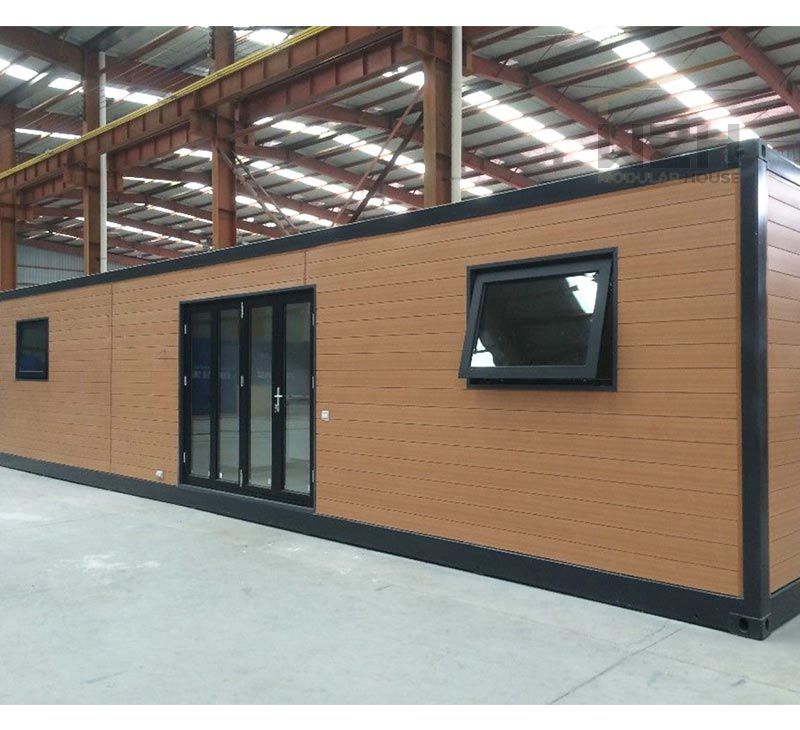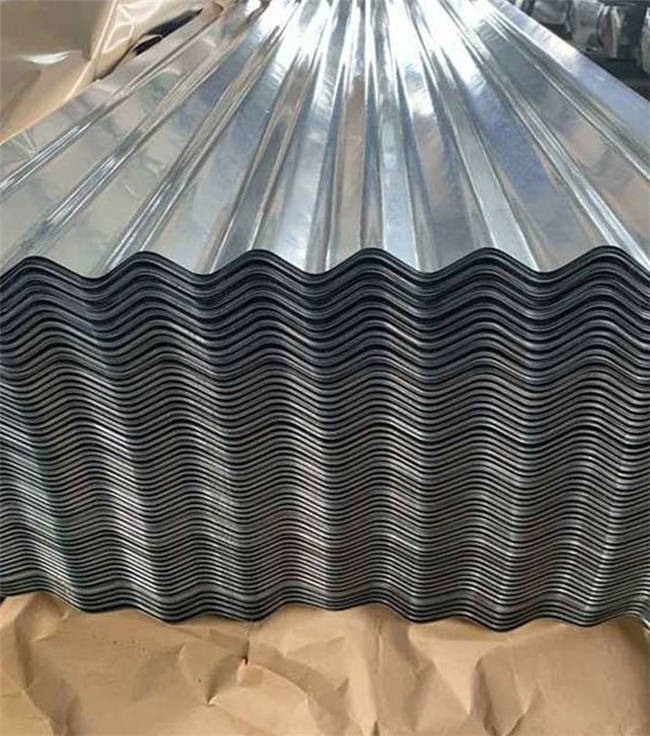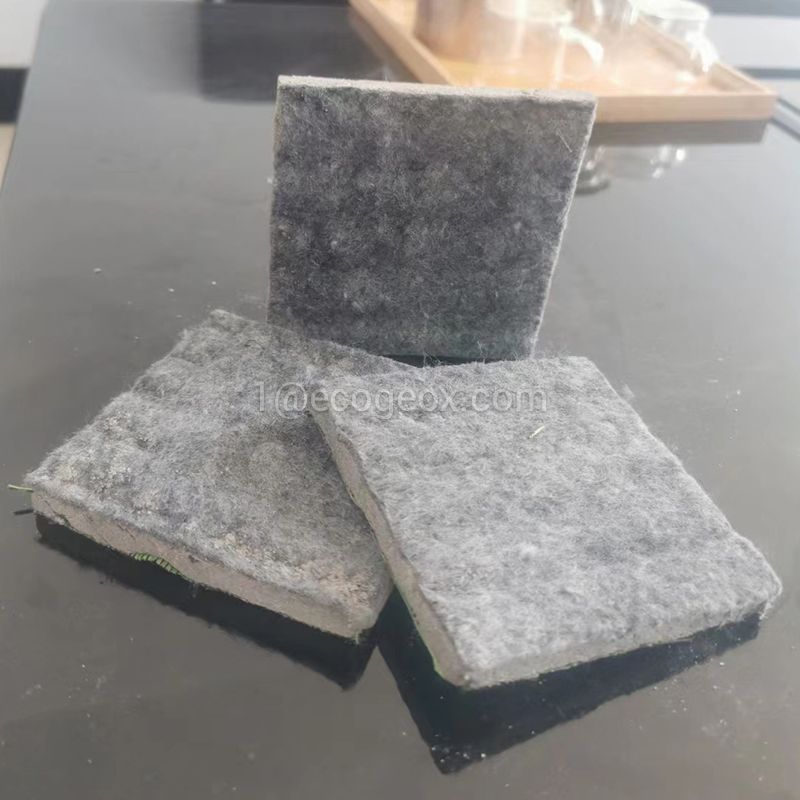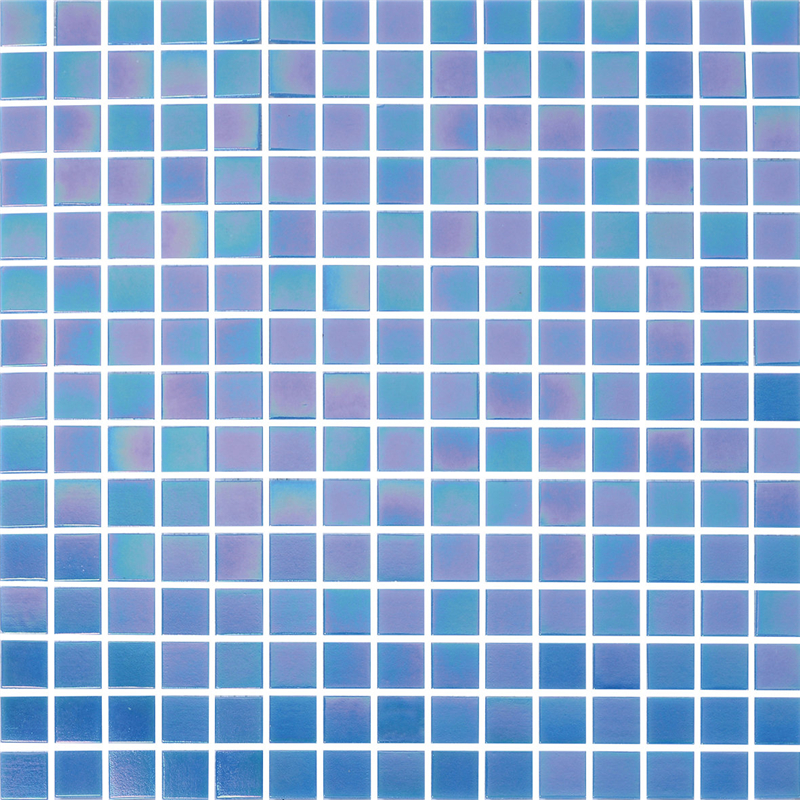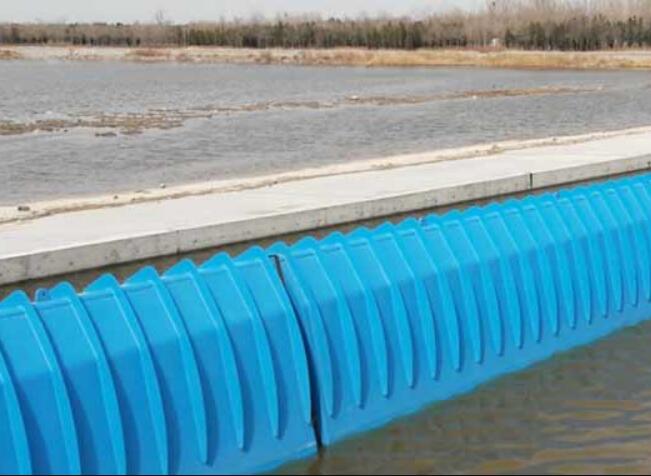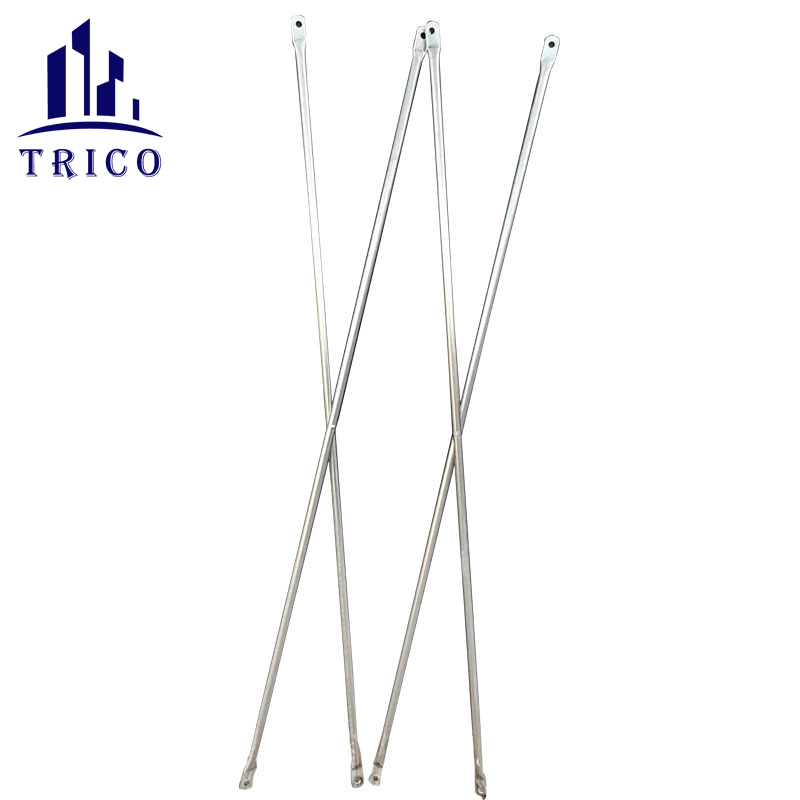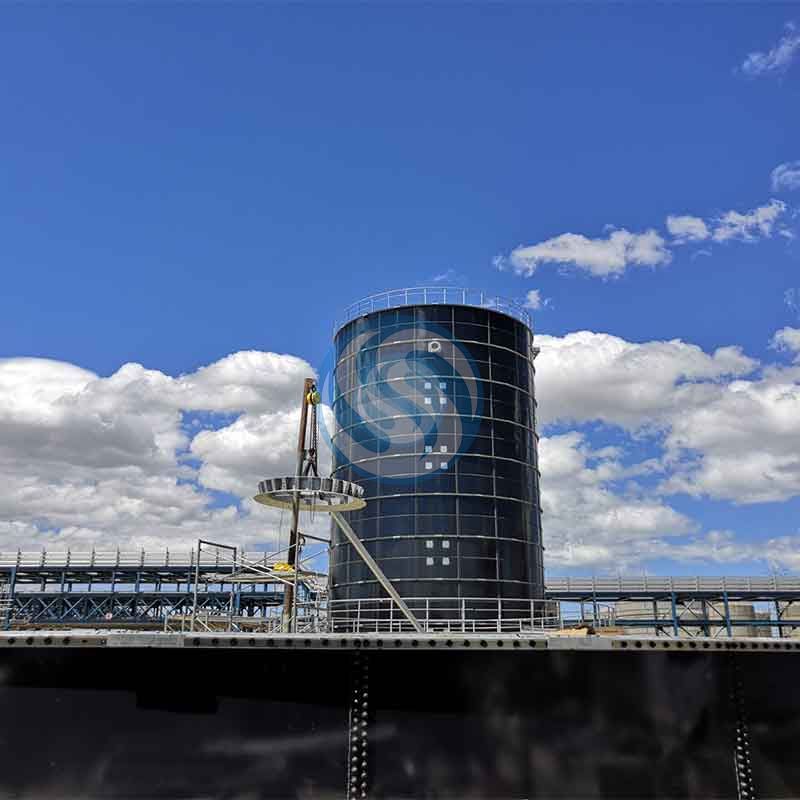Why To choose welded gabion?
Why To choose welded gabion?
Welded gabion is a cubic container of connected welded wire mesh panels by lacing wire and locking pins. It can be extended to any length by clasping the two helical wires of vertical corner together and insert locking pin. You add layers if many layers of welded gabion are required.
Welded gabions are found in an increasing number of civil engineering projects such as river training wall, flood control, soil erosion control and temporary wall systems. In addition, more and more views has introduced gabion baskets for their special and different appearance.
● Heavy wire gauge ensuring robust structure.
● Corrosion-resistant wire suitable to all weathers.
● Modular structure makes installation quick and simple.
● Cost-effective devices for retaining wall and soil erosion.
● Recyclable and friendly to environment.
● Ornamented element to ordinary views.
● Excellent flexibility and permeability.
Recommended article:
What are the common uses of chipboards?
Creating Unique Custom Marble Statues: A Journey of Artistic Expression
Digital Water Curtain: A Mesmerizing Fusion of Technology and Art
Water Curtain Movies: An Aquatic Cinematic Experience
What are the advantages of polypropylene synthetic fiber?
Components and Structure of W Beam Guardrail
Ensuring Scaffold Plank Height Safety: Understanding Board Wear and How to Prevent It

How to install gabion baskets
Gabion baskets full of spectacular looking rock filling is a growing trend in world as a new approach to dealing with a retaining wall. They can be more cost effective and easier to install than traditional sleepers but less cumbersome and difficult to manoeuvre than concrete or sandstone blocks.The best part is you don't need any help to install it.
1) Foundation preparation
The foundation on which the gabions are to be placed shall be cut or filled and graded as required. Surface irregularities, loose material, vegetation, and all foreign matter shall be removed from foundation surface area. Extra care should be taken with foundation preparations in order to ensure a level and smooth surface.
2) Assembly
Rotate the gabion panels into position and join the vertical edges with fasteners for gabion assembly. Where spiral fasteners are used, crimp the ends to secure the spirals in place. Where C ring type alternate fasteners are used for basket assembly, install the fasteners at a maximum spacing of 150 mm. Use the same fastening procedures to install interior diaphragms where they are required. Interior diaphragms will be required where any inside dimension exceeds 1m for gabion baskets. Diaphragms will be installed to assure that no open intervals are present that exceeds 1m.
3) Placement
Place the empty gabions on the foundation and interconnect the adjacent gabions along the top, bottom, and vertical edges using spirals or C rings.
Modular Assembly. Gabion cages can be built in a modular method by eliminating an end panel for each cage so no two panels need be connected together. The same method may also be used for successive courses including lid and base panels. Interconnect each layer of gabions to the underlying layer of gabions along the front, back, and sides.
More information please contact us
What are the advantages of using steel frames in office buildings?
The Perfect Solution for Indoor and Outdoor Playgrounds
Exploring the Advantages of Framing Membrane Structures
Railway Continuous Beam Bridge Bearings: Ensuring Stability and Safety
Industrial Paint vs. Decorative Paint: A Comparative Analysis
Is melamine plywood suitable for outdoor applications?
What are the advantages of living in an expandable container home?




